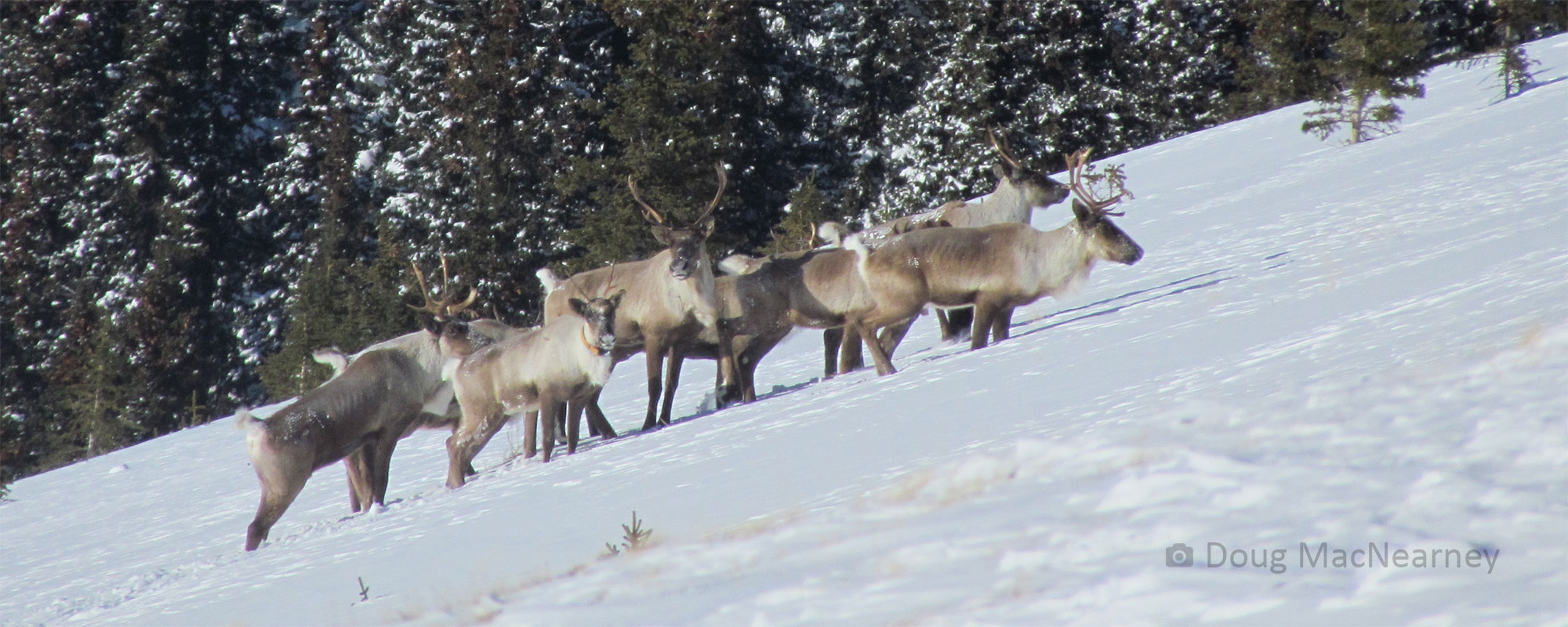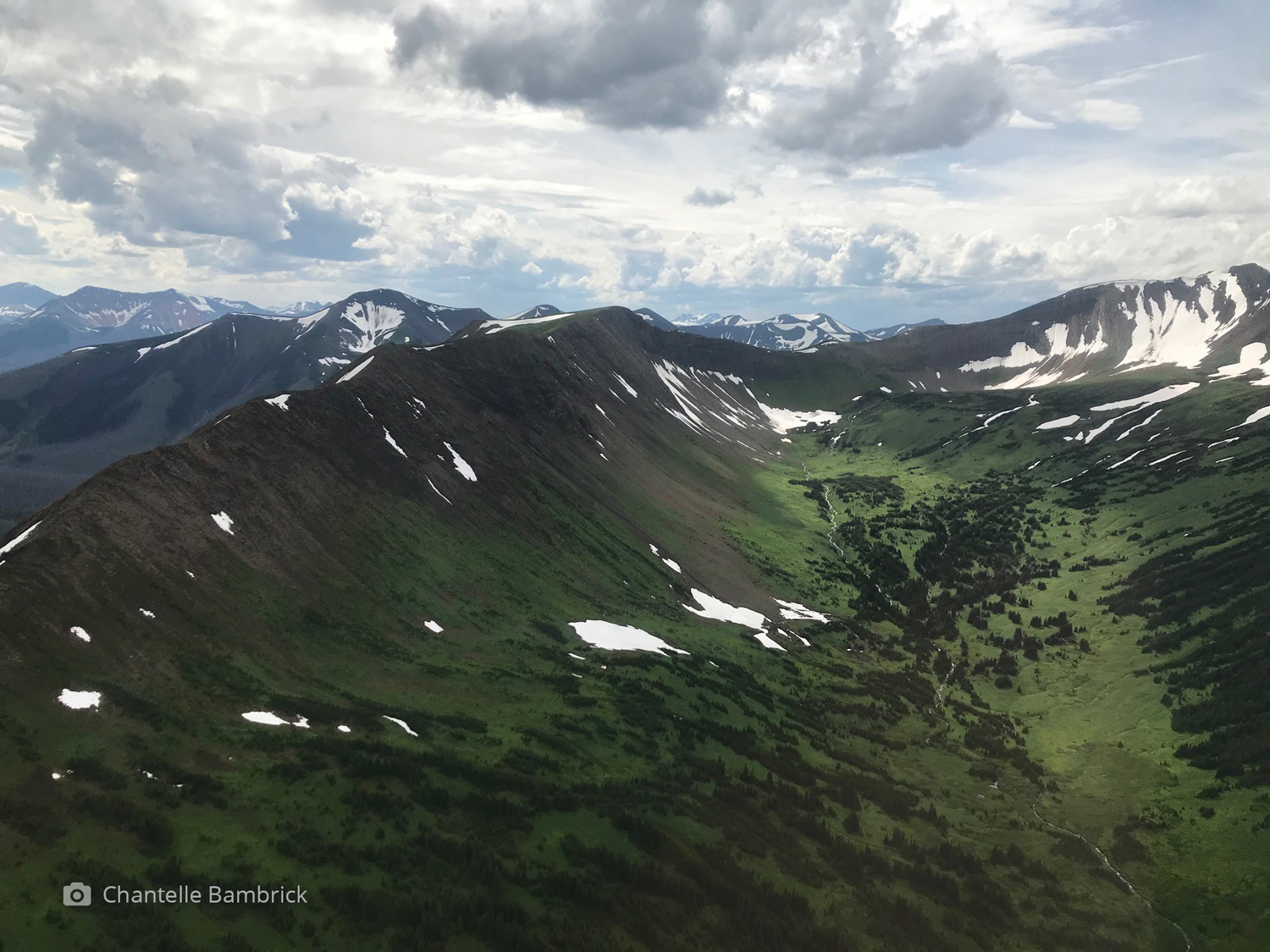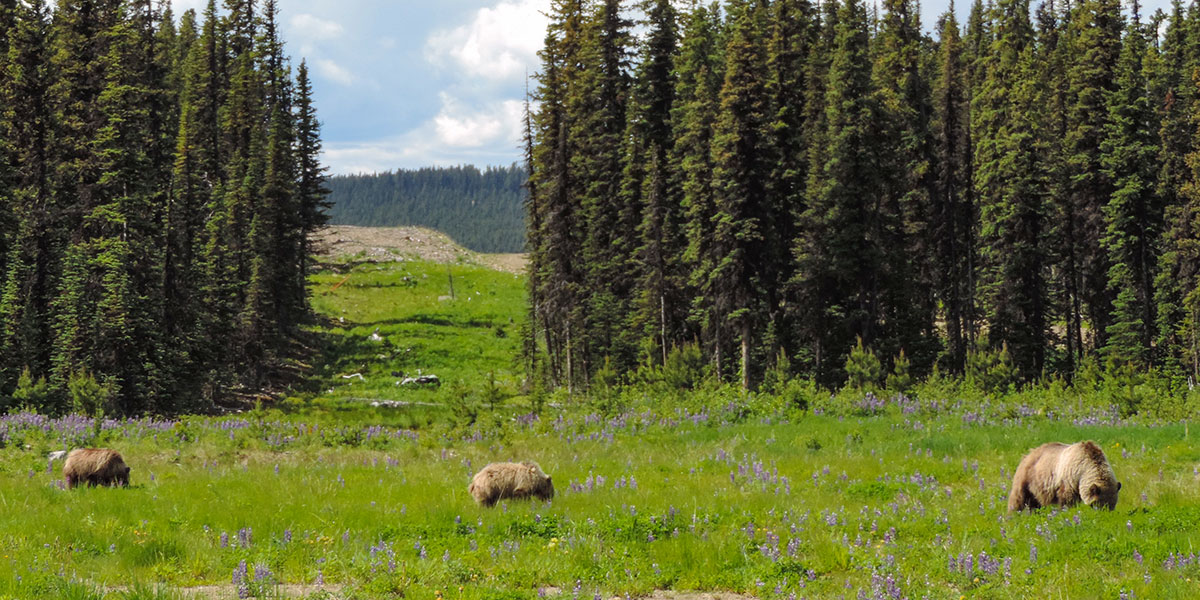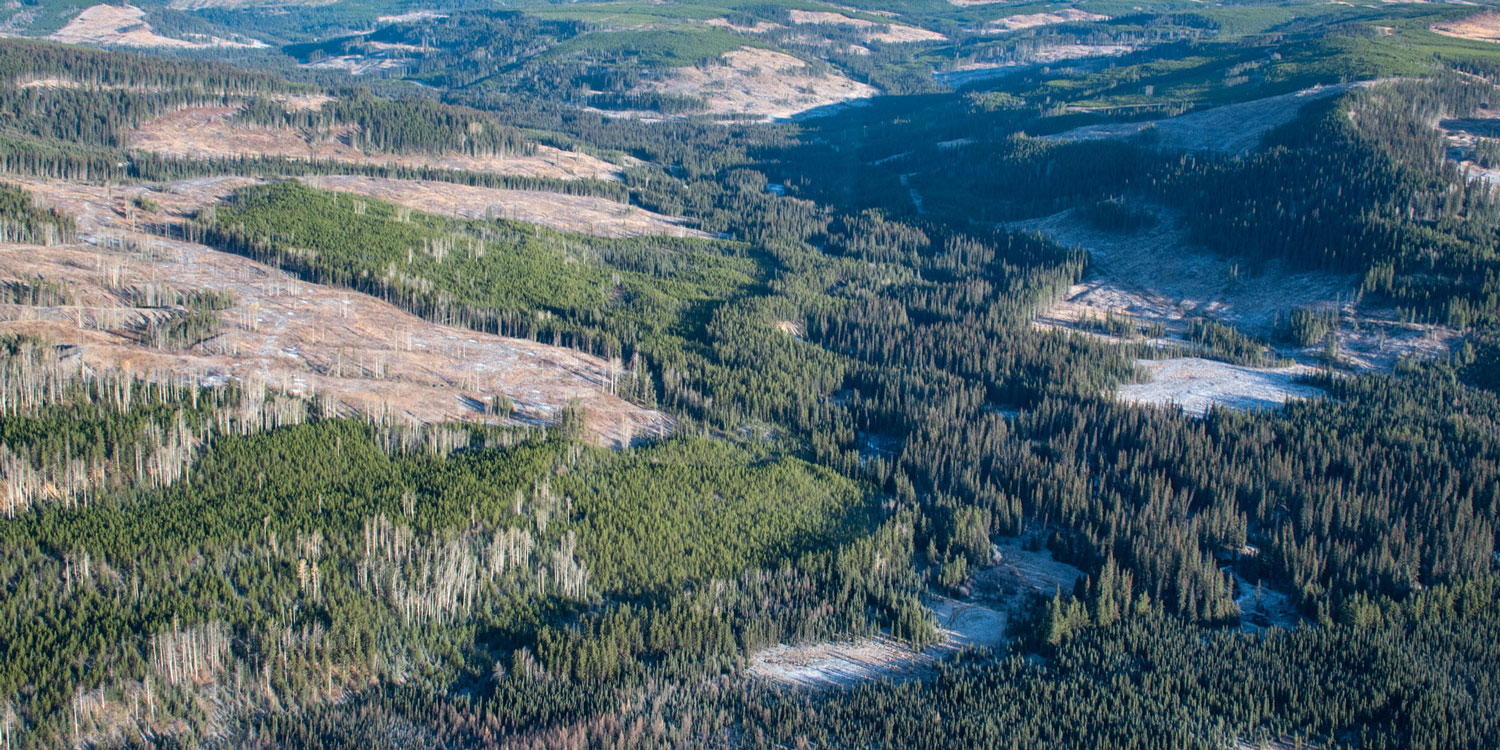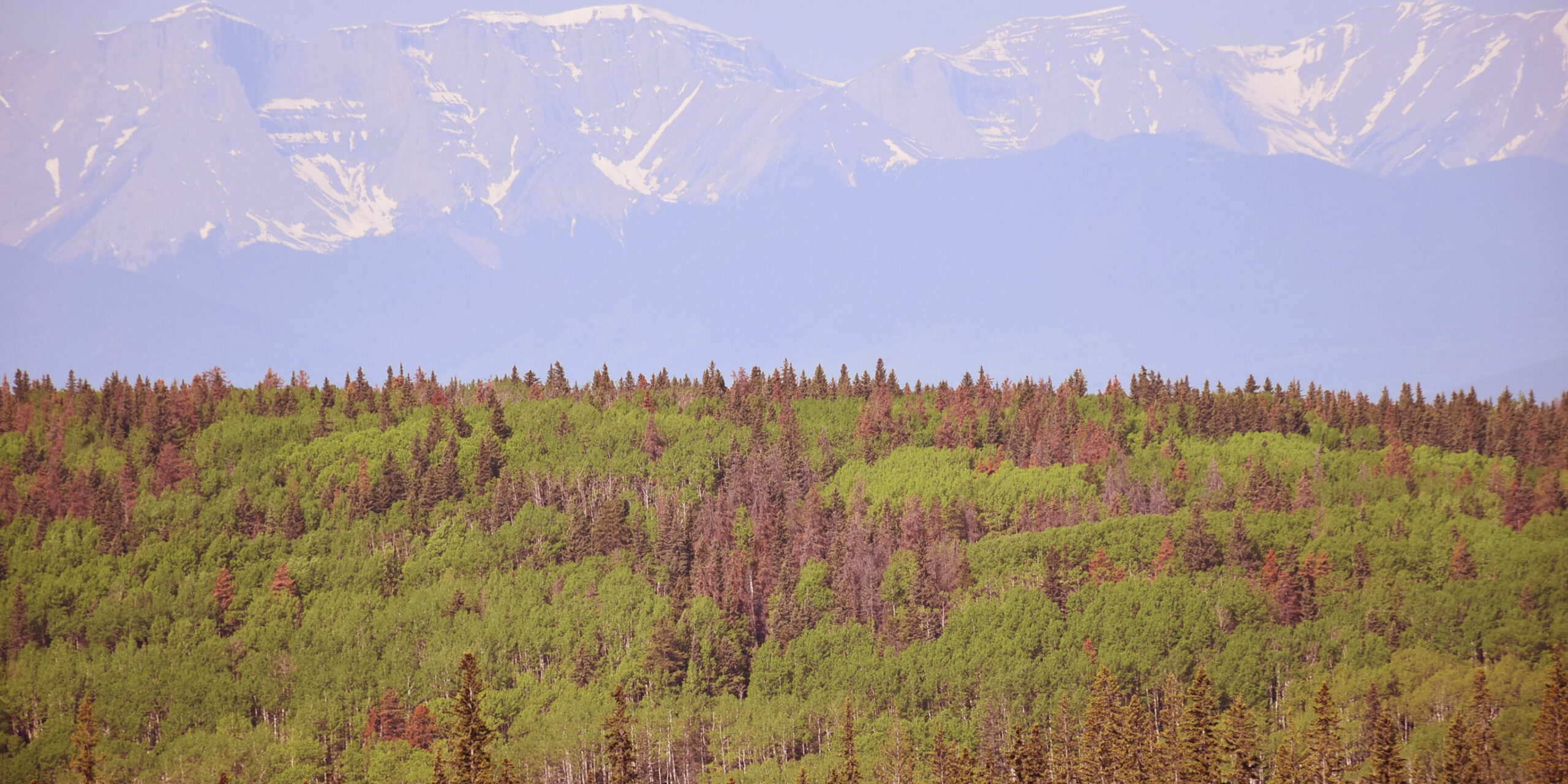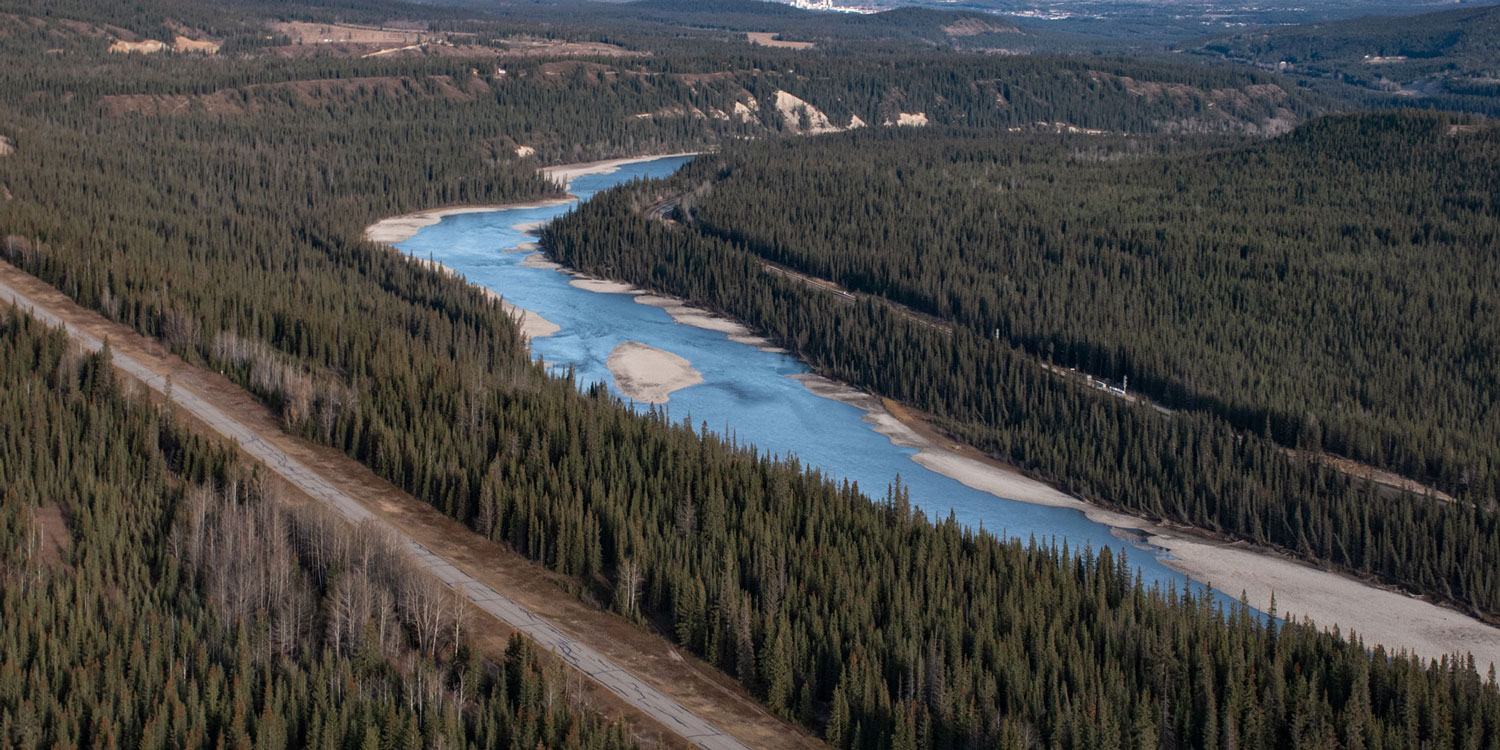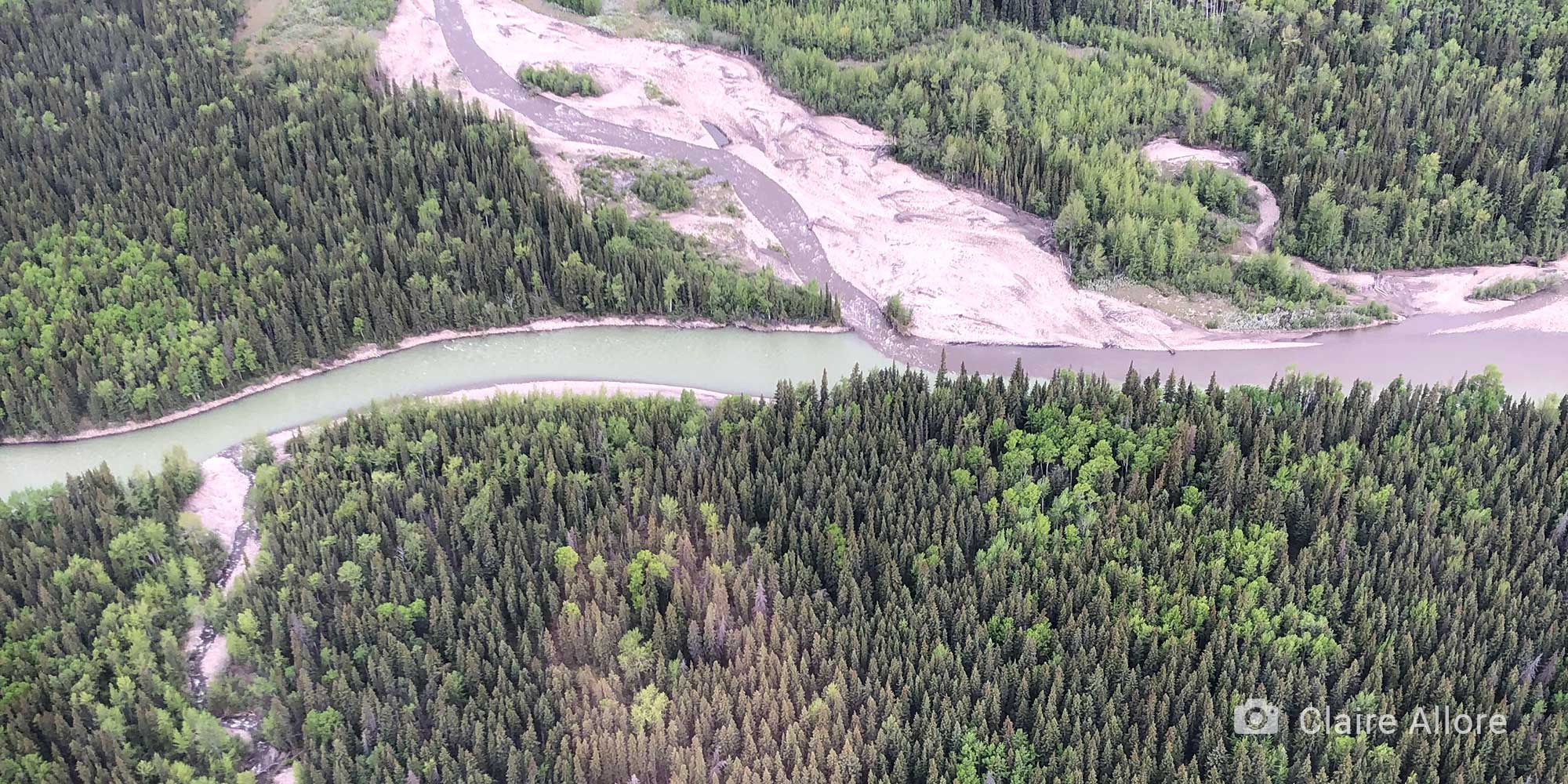
Influences of Water Temperature and Climate Change Predictions on Fish Species-at-risk Occupancy in Alberta’s Eastern Slopes
How do mean August temperatures shape the distributions of bull, rainbow, westlope cutthroat, brook, and brown trout?
Stream temperatures are changing because of climate change, loss of riparian vegetation, changes in precipitation, and changes in cold water sources such as groundwater and glaciers. If the stream temperature changes too much, native fish survival and reproduction will suffer. Watersheds generally increase in temperature beyond a fish species’ ability to cope starting downstream, and restricting viable habitat to higher and higher stream reaches during the summer. The lower elevation areas are also the most likely to see the kinds of land-use changes that lead to higher temperatures.
This project will compare stream temperatures with fish occupancy and habitat data to create dynamic occupancy models that can be used in native trout conservation strategies.
Locations for temperature loggers chosen
Hundreds of loggers deployed by fRI Research and collaborators
Temperature data entered and quality controlled; fish data recieved





